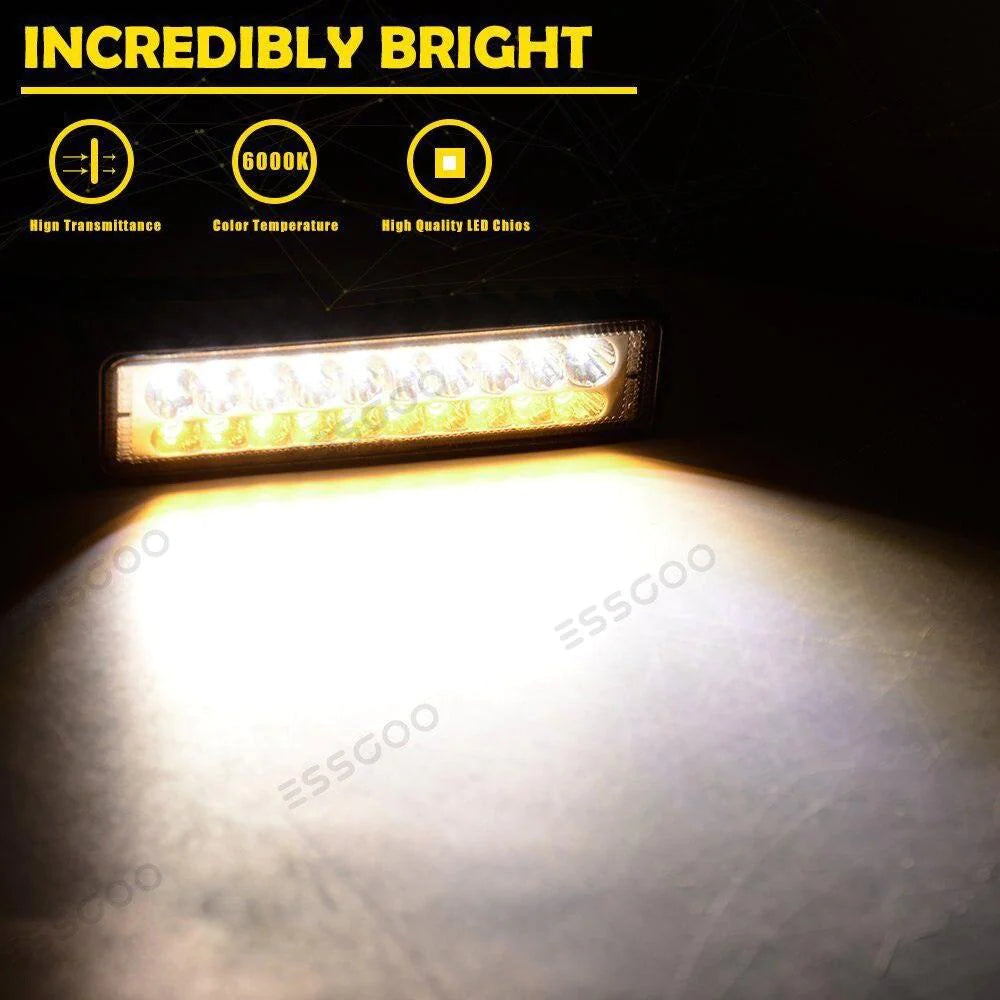LED Lights For Cars: All You Need To Know About LED Car Lights
Are you considering installing LED lights in your vehicle? Here's all you need to know! LED lights are becoming increasingly used on vehicles such as automobiles, motorbikes, and trucks. LED lights and LED bulbs have several advantages over more typical halogen lights: they are brighter, provide higher light quality, are...
5 Things to Think About When Purchasing an Aftermarket Car Stereo for Your Vehicle
When you improve your car audio system, you not only get better sound but also some more functions and a more visually appealing automobile interface. You surely increase your driving experience regardless of the aftermarket vehicle radio you purchase. The reason for this is that aftermarket automobile stereos are always...
CAR STEREO SYSTEM TYPES
CD Receivers For individuals who still have a CD collection or prefer tangible media, these devices are ideal. CD receivers include a CD player as well as features such as an AM/FM radio, Bluetooth connectivity, and USB ports for additional audio sources. Digital Media Receivers - As the name implies,...
GUIDE TO BUYING A CAR STEREO
Playlists, radio stations, podcasts, streaming music, and linked services such as texting and phone calls are now routed through automotive audio systems. The vehicle audio serves as the central hub for everything, powering your speakers and linking you to your sources of information and enjoyment as you drive. If your...
How did we choose the finest Android Auto head unit?
Many individuals don't even consider updating their automobile head since a regular one is adequate for listening to music – and that's really all they need. However, if you want fantastic technology that will make your car seem futuristic, an Android auto head unit is what you should acquire. With...




